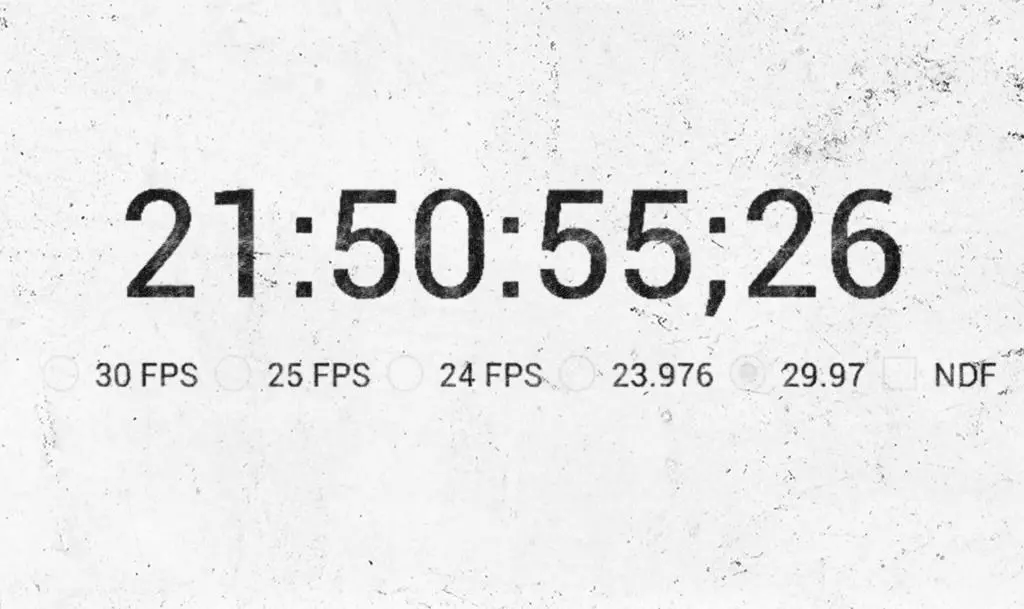Some time-code generating devices can feed a fresh / brand new timecode while they are receiving a time-code from another source. The feature of these devices which allow the syncing and also the replacing of the old damaged, or unreliable in some ways or corrupted time code with the new one is named Jam Sync. Jam Sync also can bring a smooth synchronization by allowing the “final” timecode to be clean without any dropouts between the slave devices and master devices.

What is Jam Sync: Table of Contents
In the world of film and video production, synchronization is everything. Whether you’re editing footage, adding sound effects, or mixing audio, accurate timing is essential for a professional result. One way to ensure that all your devices are precisely synchronized is by using Jam Sync.
What is Jam Sync?
Jam Sync is a technique used to synchronize time-code generating devices by replacing an old, damaged, or unreliable time-code with a fresh time-code. Essentially, it allows devices to lock onto the same time-code and ensures smooth and accurate synchronization. Jam Sync is an essential tool for post-production and live sound reinforcement, where timing is everything.
How Jam Sync Works
Jam Sync works by continuously generating a new time-code and replacing the old one. Time-code generating devices that support Jam Sync can feed a fresh time-code while they are receiving a time-code from another source. The device replaces the old, damaged, or unreliable time-code with the new one, allowing all devices to lock onto the same time-code and ensuring smooth and accurate synchronization. This feature is useful in situations where devices need to stay synchronized, and any interruption in time-code can cause issues.
Devices that support Jam Sync include digital audio workstations (DAWs), video editing software, and hardware devices such as time-code generators, audio interfaces, and video switchers. Benefits of using Jam Sync include better accuracy and reliability, reduced latency, and smoother synchronization between devices.
Types of Time-Code Signals
There are several types of time-code signals used in film and video production. Let’s take a closer look at each type:
SMPTE Time Code
SMPTE Time Code is a time-code signal used in film, video, and audio production. It was developed by the Society of Motion Picture and Television Engineers (SMPTE) and is widely used in the industry. SMPTE Time Code is a binary-coded decimal (BCD) time-code signal that provides hours, minutes, seconds, and frames.
MIDI Time Code
MIDI Time Code (MTC) is a time-code signal used in digital audio workstations (DAWs). It is a variation of SMPTE Time Code and provides accurate timing information for MIDI data. MTC is used to synchronize MIDI devices with audio or video devices.
Video Sync
Video Sync is a time-code signal used in video production. It provides accurate timing information for video devices, including cameras, switchers, and monitors. Video Sync can be used in conjunction with SMPTE Time Code to provide accurate synchronization for both video and audio devices.
Applications of Jam Sync
Jam Sync has several applications in various fields of production. Let’s take a closer look at each application:
Post-Production
Jam Sync is an essential tool for post-production, where precise synchronization is essential for editing and sound design. Jam Sync ensures that all devices are accurately synchronized, making it easier to edit and manipulate footage and audio tracks. In addition, Jam Sync allows for the seamless transfer of data between devices, reducing the risk of errors and lost data.
Live Sound Reinforcement
Jam Sync is also useful in live sound reinforcement, where timing is everything. Jam Sync ensures that all devices are accurately synchronized, reducing latency and ensuring a smooth and consistent sound. This feature is especially important for live performances, where any interruption in timing can cause significant issues.
Broadcast and Streaming
Jam Sync is also useful in broadcast and streaming, where precise timing is essential for a smooth and consistent signal. Jam Sync ensures that all devices are accurately synchronized, reducing the risk of signal dropout and ensuring a seamless viewing experience for the audience.
Tips for Using Jam Sync
While Jam Sync is a useful tool, there are a few tips to keep in mind to ensure that you get the best results. Let’s take a closer look at each tip:
- Use a High-Quality Time-Code Generator: To get the best results with Jam Sync, it’s essential to use a high-quality time-code generator. This ensures that you have a reliable and accurate time-code signal, reducing the risk of errors and interruptions.
- Check Your Settings: Before using Jam Sync, it’s essential to check your settings to ensure that all devices are set up correctly. This includes checking the time-code format, frame rate, and other settings to ensure that all devices are working together correctly.
- Test Your Setup: Before starting any project, it’s a good idea to test your Jam Sync setup to ensure that everything is working correctly. This includes testing for signal dropout, latency, and other issues that can affect synchronization.

